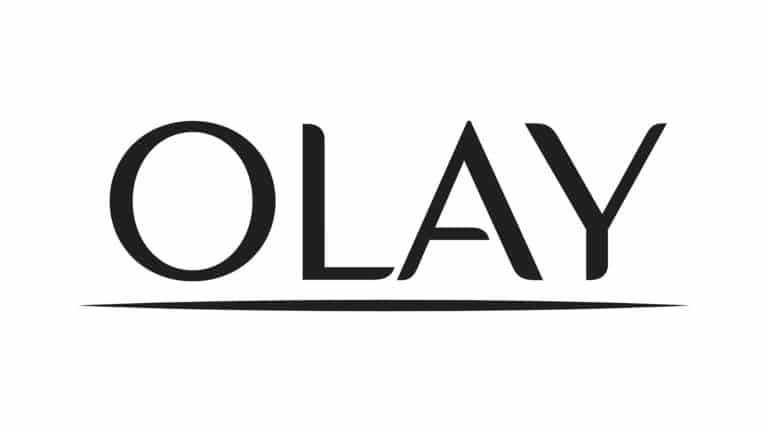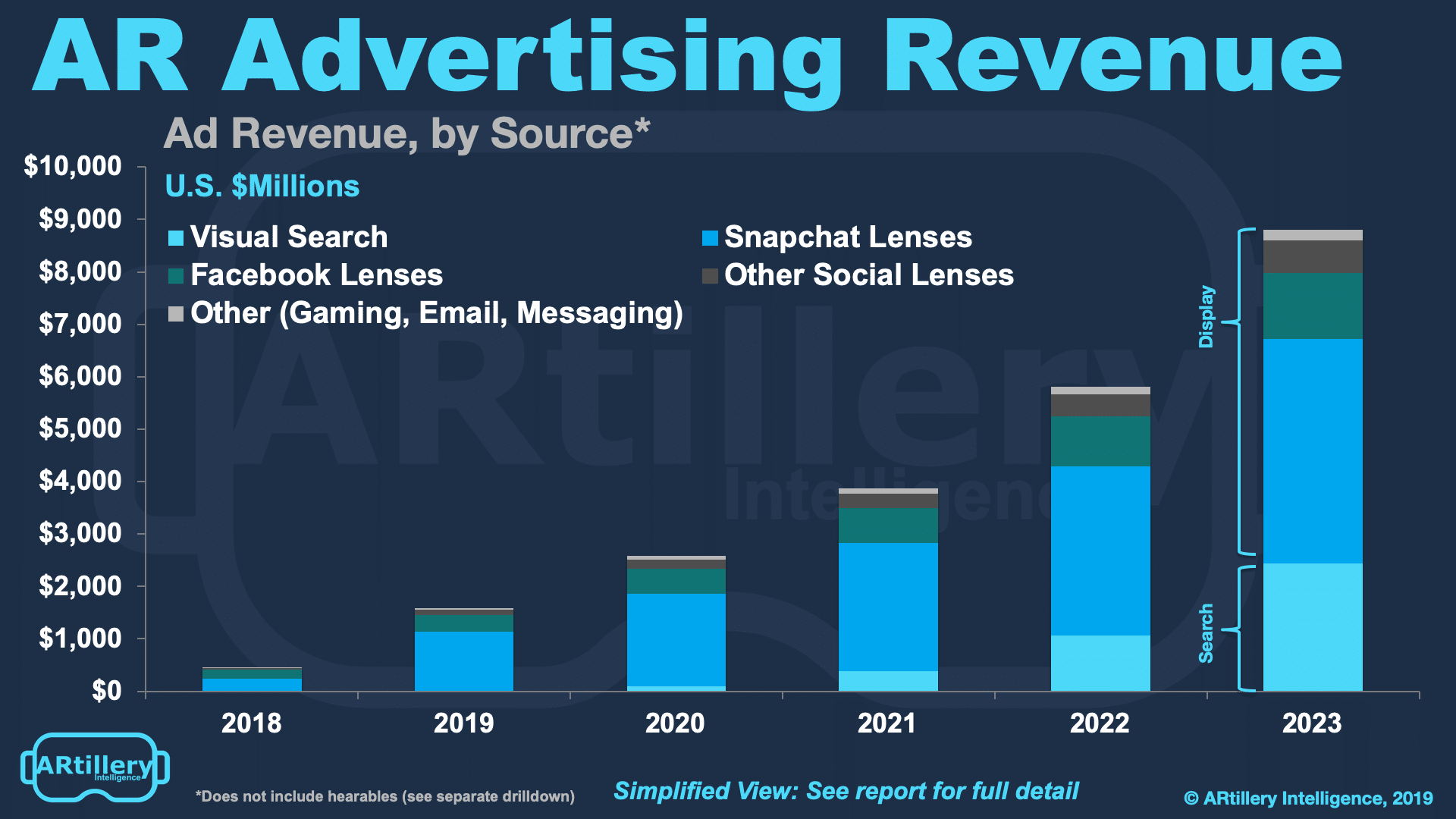
This is the latest in AR Insider’s Campaign Tracker series. Running semi-weekly, it examines marketing campaigns that utilize AR visualization such as product try-ons, and their results. For a full list of campaigns, comparative ROI chart and deeper analysis, subscribe to ARtillery PRO.
Proof points continue to roll out for AR advertising. Though still in the minority, early-adopter brands are learning that AR lets them demonstrate products in immersive ways. That can include brand engagement (upper-funnel) or “try before you buy” (lower-funnel) product visualization.
In the former category, we’re seeing things like letting users pose with superheroes in AR to promote film releases. For the latter, it’s product try-ons using the front-facing camera (sunglasses, cosmetics) or rear-facing camera (cars, couches). Results are strong for both.

Proof Points
The latest evidence we’ve encountered from the product try-on side of the AR ad spectrum comes from Olay. Its Blippar-powered legacy campaign let users take a selfie which then applied computer vision and AI to analyze “skin age” and recommend products to reduce it.
The result was an immediate 2x in conversions. This happened at meaningful volume, given 7,000 daily app users and 1.2 million cumulative engagements It also led to five-minute session lengths and boosted engagement among younger demographics that Olay wanted to target.
Session length is a particularly notable metric that we continue to watch. In a sea of vanity metrics like app downloads, it’s important for AR to stick to more granular and representative indicators of actual engagement. Measurements like dwell time continues to be proved.
But the holy grail is revenue lift, which was also present in the Olay campaign. Though it will take a while for AR to standardize native metrics that capture its unique engagement — as opposed to metrics inherited from 2D advertising — revenue lift is a universally understood and valued KPI.

Feedback Loop
A few other campaign attributes are worth noting. For one, it’s admittedly a bit dated, running in August of 2016. We highlight it now in our Ad Tracker series to document AR’s evolving ability to engage users, visualize products and engender consumer confidence and conversions.
These factors will only grow as both the technology improves (facial tracking, realistic product renderings) and consumer comfort levels likewise advance. These two factors together create a feedback loop that could propel a virtuous cycle of supply and demand for AR visualization.
It’s similarly worth noting that the Olay campaign achieved the above numbers with a rudimentary form of AR relative to today’s standards. Its recommendation engine used static photos, as opposed to live camera renderings seen in campaigns like WeMakeUp’s Facebook activation.
Altogether, these results fuel the momentum for AR advertising. Speaking of “feedback loop,” this should continue to attract brand ad spending. That happened to the tune of $453 million last year, on pace for $8.8 billion by 2023. Expect many more signposts along that journey.
For deeper XR data and intelligence, join ARtillery PRO and subscribe to the free AR Insider Weekly newsletter.
Disclosure: AR Insider has no financial stake in the companies mentioned in this post, nor received payment for its production. Disclosure and ethics policy can be seen here.
Header Image Credit: Olay
